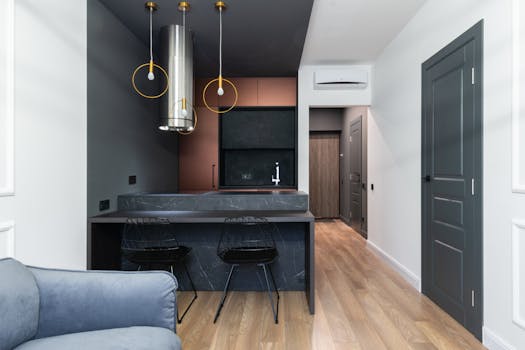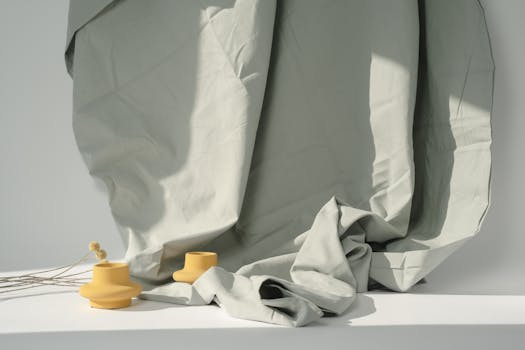
Understanding the Color Wheel

The color wheel is a fundamental tool in color theory, illustrating how colors relate to one another. Familiarizing yourself with this visual representation can assist you in making cohesive choices for your home’s color palette. Colors are classified into primary, secondary, and tertiary shades, creating a spectrum of options that can convey a variety of moods and styles.
Choosing a Base Color

When it comes to adopting a color scheme for your space, begin with a base color. This will often be the dominant color applied to walls or large furniture pieces. Consider light, neutral colors like whites, beiges, or soft greys. These shades can enhance natural light and offer a versatile backdrop that makes it easier to incorporate accents and decor. If you’re feeling adventurous, a bold color can add a vibrant focal point.
Incorporating Accent Colors

Accent colors bring dimensions to your palette and can provide depth through contrast. Typically, you can select one to three accent colors that complement your base color. These can be placed on feature walls, cushions, or art pieces. For example, if your base color is a pastel tone, consider warm earthy hues for your accents, such as terracotta or mustard. Always test these accents with samples to see how they feel in various lighting conditions throughout the day.
Mind the Mood and Purpose

Consider the mood you want to promote in each room. Colors evoke emotions, and understanding their psychological effects can significantly influence our dwellings. For soothing atmospheres, opt for cool blues and greens. If you aim for intimacy and warmth, choose warm tones like reds, oranges, and pinks. Align your color choices with the functionality of the space; for example, vibrant colors could stimulate energy in a playroom while muted tones suggest tranquillity in a bedroom.
Testing and Finalizing the Palette

Before committing to a color scheme, it’s crucial to test your selections at home. Purchase sample pots and paint large swatches on your walls. Observe how these colors look throughout the day as natural light shifts. Test what feelings these colors evoke and consider how well they last with your furniture, flooring, and visible decor. Your palette should coordinate seamlessly; a harmonious blend can dramatically elevate the entire aesthetic of your living space.






